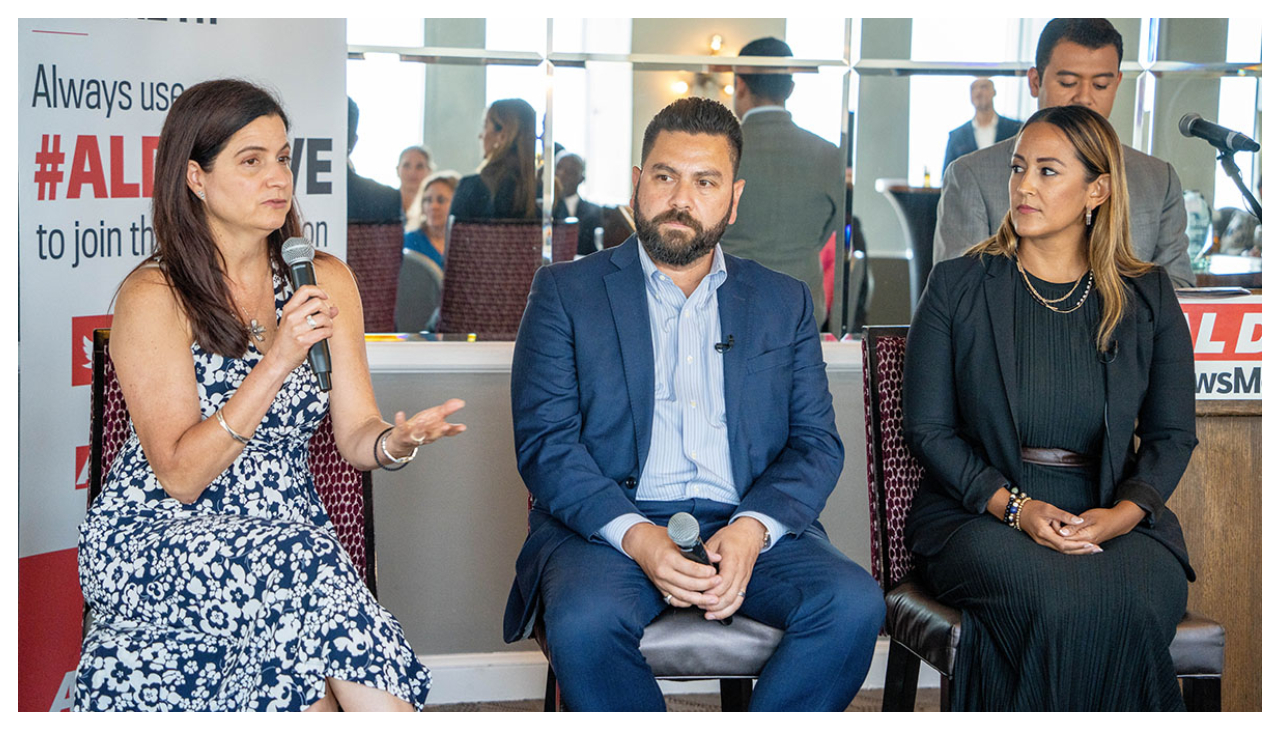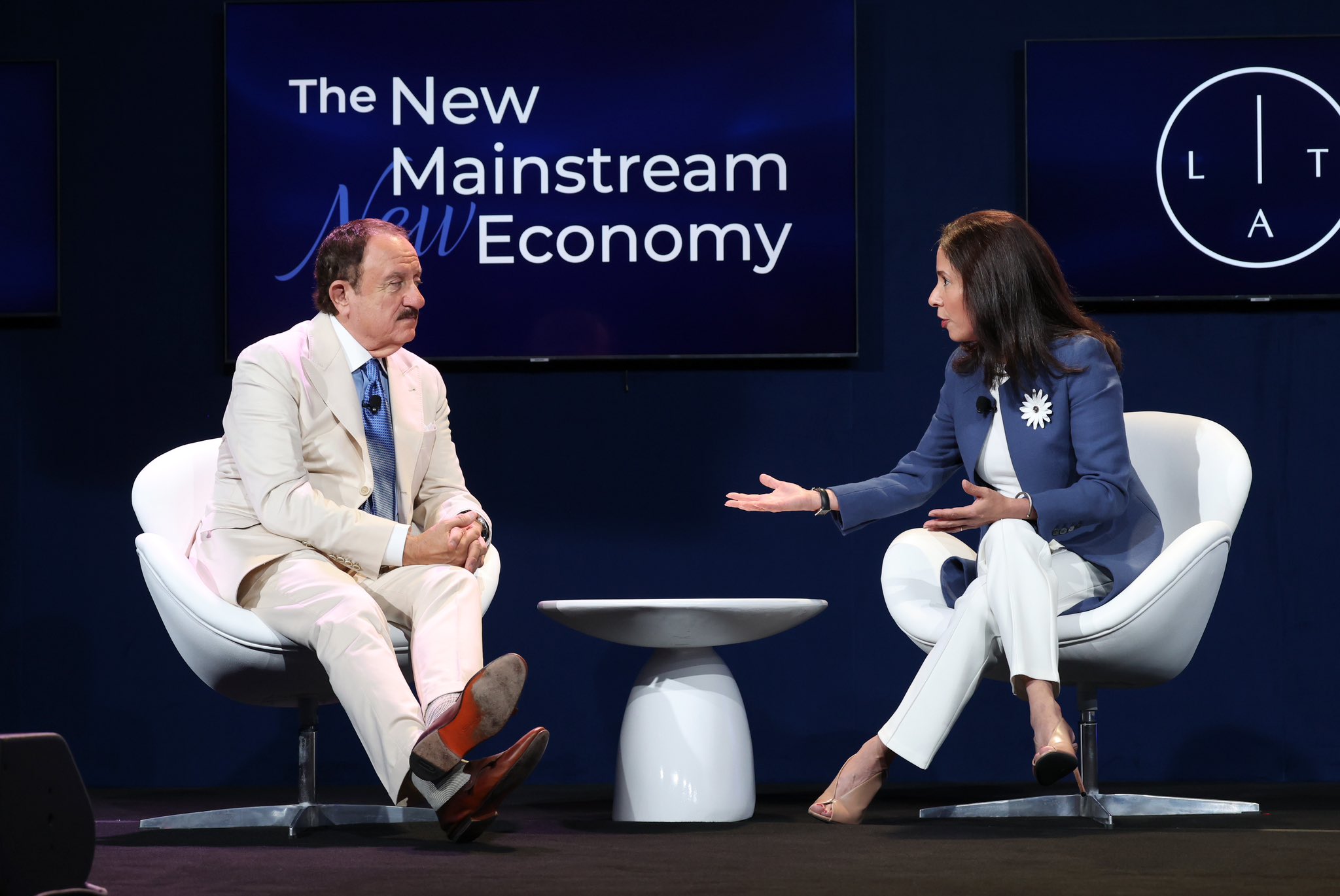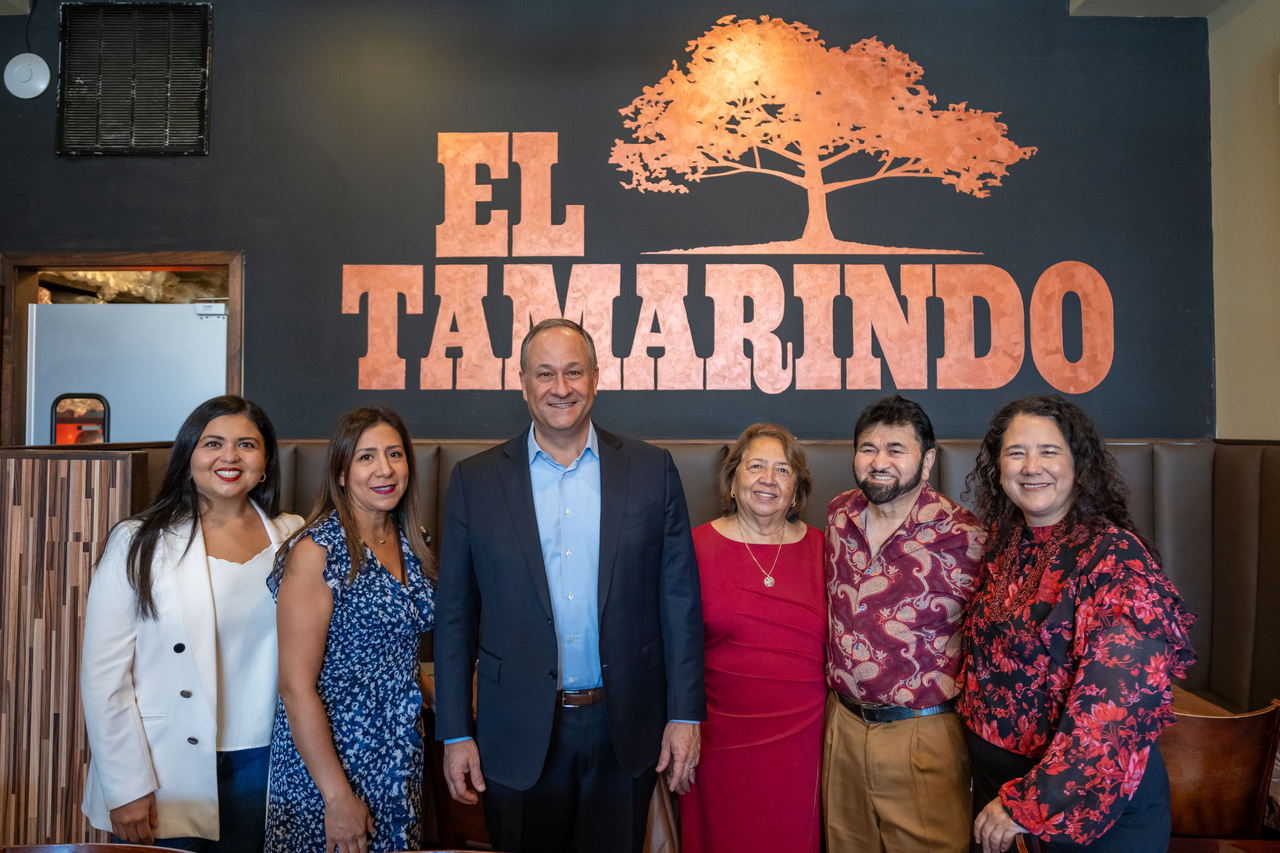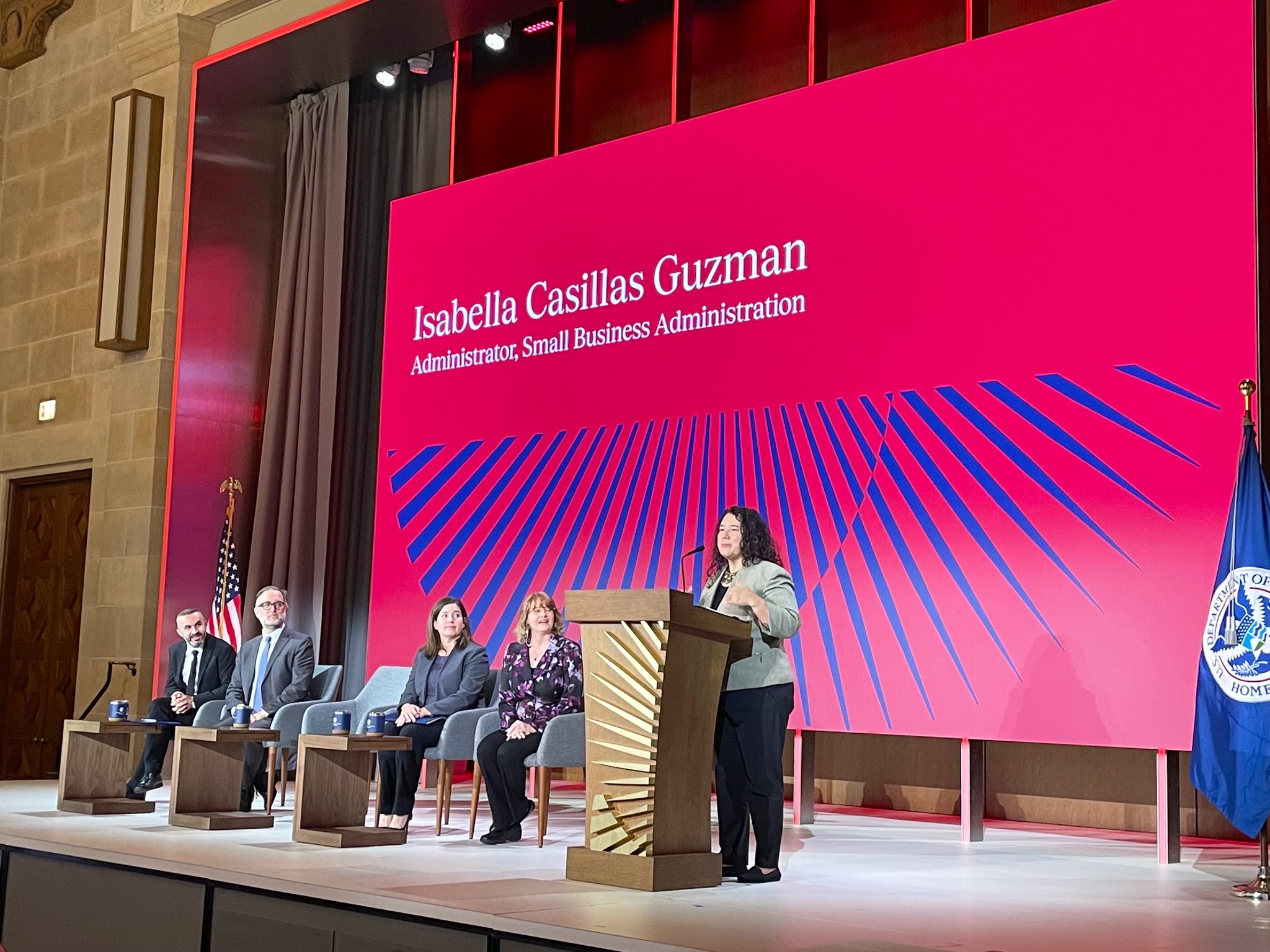
A call to action toward recruiting more Latinos in STEM
According to bestcolleges.com, eight percent of science, technology, engineering and mathematics (STEM) workers in the United States are Latino.
The percentage is likely low as a result of Latino students being historically underserved in STEM fields due to divergences in the education system.
During the first-ever AL DÍA Leaders in STEM on Aug. 10, a panel discussion took place between three professionals with various levels of expertise in the STEM fields.
They were: Nilsa R. Graciani, Chief STEM officer at Esperanza & director of STEM and medical assisting at Esperanza College of Eastern University; Jose Aguirre, senior manager of local government affairs at PECO; and Amaris Hernández, founder of the Cybher Group.
All three panelists believe that STEM needs more representation so younger generations can see people like themselves in a field that might give them employment opportunities in the future.
“I and my fellow panelists believe representation at high levels is important. Yet, if you look at the demographics of schools, it doesn't represent the young students we want in STEM,” Aguirre said. “There are so many degrees that are STEM-related but not necessarily. They are great opportunities to open minds up. Yet, a Latino leader is needed to help support.”
Aguirre does not work in the STEM field, but rather in government. However, due to his position and ties with technology, he receives much experience in the field of STEM.
CONTENIDO RELACIONADO
He believes that if you work for a company like Comcast, PECO or a related company, one will have a large offering of different positions. To add, he says society needs to change in general.
“Companies are trying yet issues still exist. Children are very curious. They tend to naturally lean towards building, learning and experimenting with things,” Nilsa R. Graciani said. “We must start peeling off the stereotypical images of white scientists with crazy hair and lab coats. Anyone can be a scientist.”
Amaris Hernandez agrees with Aguirre and Graciani, yet she believes it should not be a problem to be the only Latino in the room. She was always very confident but created her lane like she thinks many others should also do.
“Sometimes there will be barriers and companies won't be too open. If that's the case, then one has to just run in one's lane, keep going and if one has experience and knowledge, see how far one can go with what one knows,” Hernandez said.
“It's about retaining the Latinos who make it out of college but support systems are not always there. So one has to be strong and have confidence. Being able to represent oneself in meetings and boardrooms is very important also. I would love to see more Latinos in the field. So I am an advocate very involved in this issue,” she continued.
Overall, the panelists shared a notion that it will take a concerted and collaborative effort to diversify the STEM fields to better mirror the population.










DEJE UN COMENTARIO:
¡Únete a la discusión! Deja un comentario.